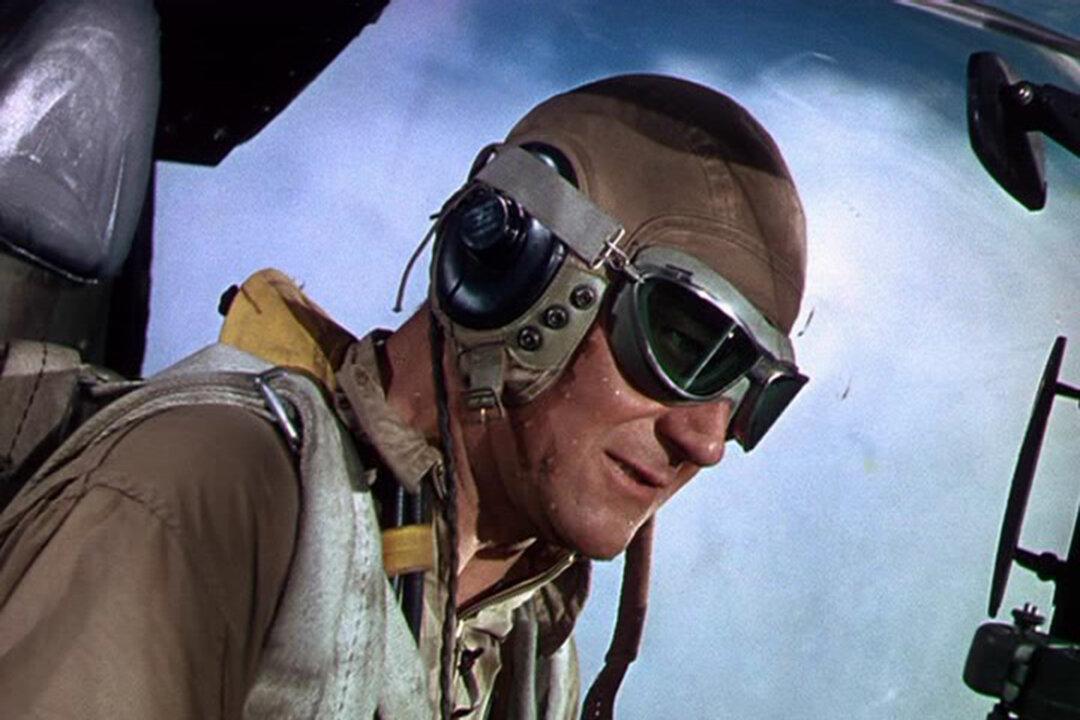NR | 1h 42m | Action, Drama, War | 1951
In the world of cinema, the U.S. Marine Corps (USMC) is most often seen in amphibious combat operations. Marines also played a lesser-known role in air missions and came into their own during World War II.

NR | 1h 42m | Action, Drama, War | 1951
In the world of cinema, the U.S. Marine Corps (USMC) is most often seen in amphibious combat operations. Marines also played a lesser-known role in air missions and came into their own during World War II.